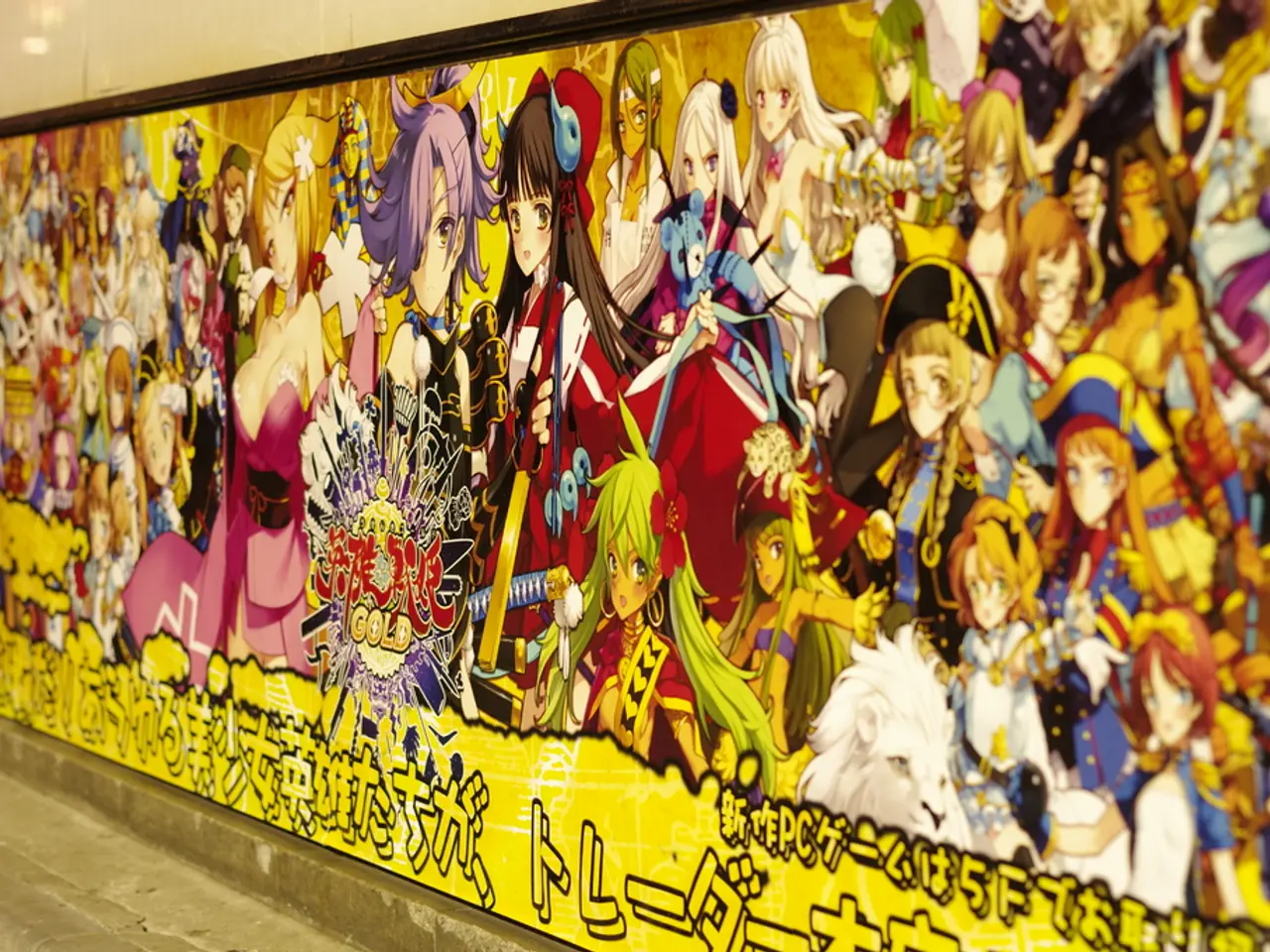Character Traits Indicative of the Hero Archetype: Recognizing the Alluring Nature of this Genre-Defining Personality Style
Article Title: Understanding Carl Jung's Hero Archetype: The Courageous Figure in Literature and Beyond
In the realm of psychology, Swiss psychiatrist Carl Jung proposed the existence of 12 archetypes, each representing symbolic figures within the collective unconscious. One such archetype is the Hero, a courageous figure who overcomes challenges and adversities.
The Hero, as Jung described, is primarily characterized by courage, self-sacrifice, and the pursuit of a significant goal. While there is no exhaustive list of traits attributed to the Hero by Jung himself, the core characteristics associated with this archetype include courage, overcoming adversity, self-sacrifice, the pursuit of a significant goal, and the triumph of consciousness over the unconscious.
The Hero is often depicted as a brave figure who faces dangers and fears without flinching. This courage is evident in the hero's persistent confrontation and defeat of obstacles, often symbolized as monsters or darkness. The Hero's willingness to put themselves at risk for a greater cause is another defining trait.
The Hero's quest often involves a significant goal, such as finding a treasure or achieving individuation, which symbolizes the psychological process of integrating one's inner self. The Hero's actions are guided by a moral code, and they often act beyond personal gain to help others.
The Hero is also aware of the stakes of success and failure, and they possess youthful idealism, often portrayed as a "child" or youthful form of the warrior who still has much to learn. The Hero's bravery is coupled with honor, and they often struggle with inner darkness, symbolized as the "monster of darkness" or the shadow aspect.
Assimilating unconscious contents can lead to personal transformation and empowerment for the Hero. Everyday heroes are ordinary people who are reluctantly thrust into the role of hero and have a strong moral code. Examples include Sarah Connor from The Terminator, Ellen Ripley from Alien, and Bilbo Baggins from The Hobbit.
The Hero Archetype is most recognizable and prevalent in books, films, myths, and legends. However, it's important to note that anti-heroes, who do the right things but for the wrong reasons and may use illegal methods to achieve their goals, are also a distinct category. Anti-heroes are morally bankrupt and flawed in character.
Superheroes, like Wonder Woman, Superman, and Iron Man, have superpowers and are easy to recognize. They embody the Hero Archetype with their conviction, protective nature, empathy, moral integrity, self-sacrifice, selflessness, bravery, determination, strength, honesty, and inspirational qualities.
In conclusion, the Hero Archetype, as proposed by Carl Jung, is a symbolic figure that represents the journey of individuation. It embodies the qualities of courage, self-sacrifice, and the pursuit of a significant goal, and is a common theme in literature, mythology, and popular culture.
[1]: Source for Jung's core ideas about the Hero archetype [3]: Source for the inferred traits of the Hero archetype [5]: Source for the connection between the Hero archetype and the process of individuation
- Understanding psychology's archetypes reveals the Hero, a daring figure overcoming trials and tribulations.
- This archetype as Jung illustrated, showcases courage, self-sacrifice, and determination in pursuit of a significant goal.
- The Hero faces daunting challenges and adversities with unwavering bravery, defeating obstacles symbolized as dark forces.
- The Hero's courage shines brightly through their continuous confrontation of risks for a higher purpose.
- Such a purpose can range from finding hidden treasures to achieving psychological self-realization, referred to as individuation.
- Heroes, in their essence, are altruistic, acting beyond personal gain to help others and uphold a moral code.
- The stakes of success and failure weigh heavily on the Hero, who faces inner darkness when battling their own "shadow" aspects.
- The Hero often resembles a youthful warrior, eager to learn and grow through experiences, embodying a connection to their unconscious.
- Everyday heroes are ordinary individuals forced into extraordinary roles, displaying admirable moral character.
- Sarah Connor from The Terminator, Ellen Ripley from Alien, and Bilbo Baggins from The Hobbit are exemplary everyday heroes.
- While the Hero Archetype is predominantly found in books, films, myths, and legends, anti-heroes and superheroes also follow this pattern.
- Anti-heroes perform righteous deeds but with questionable methods and compromised ethics, falling short of true heroism.
- Superheroes exhibit the Hero Archetype, harnessing supernatural powers and embodying conviction, empathy, moral integrity, and self-sacrifice.
- They are protectorates, embodying bravery, determination, strength, honesty, and inspiring qualities.
- The Hero Archetype is an essential aspect of literature, serving as a symbolic roadmap for personal growth and self-realization.
- Fashion and beauty industries also draw inspiration from the Hero Archetype, as seen in designer collections and advertisements.
- Smartphones and tech gadgets have become essential tools in modern lifestyle, and data and cloud computing have significantly impacted most industries.
- Artificial Intelligence and technology are gradually transforming various sectors, including cybersecurity, policy, and legislation.
- Mental health and empathy are crucial issues in today's technological age, where virtual connection sometimes overshadows human relationships.
- Online education platforms and self-development books aid in lifelong learning and goal-setting, enabling personal growth and success.
- Stem education career paths offer numerous opportunities in the science, technology, and engineering domains, shaping global progress.
- Sports and entertainment industries have also evolved with the rise of technology, opening up new avenues for career development and fan engagement.
- War and conflicts have plagued societies throughout history, leaving a lasting impact on politics, policy, and cultural dialogue.
- Productivity, career development, and mindfulness practices help individuals thrive amidst the ever-evolving landscape of work and personal life.
- Education policy and legislation play essential roles in shaping the future of learning, driving countries towards progress and prosperity.
- Car accidents, fires, and other accidents can have devastating effects on individuals, families, and communities, leading to potential personal growth.
- Learning from these experiences fosters resilience and perseverance, building a foundation for continued success.
- In sports, the Hero Archetype can be seen in players who excel on the field, displaying courage, determination, and teamwork.
- Football champions and basketball champions, embodying these core traits, inspire admiration and awe in fans worldwide.
- Besides traditional sports, eSports, racing, and mixed martial arts attract millions of spectators, captivating audiences with intense competition and outrageous talent.
- The Hero Archetype transcends literature and fiction, influencing popular culture, politics, sports, technology, and everyday life, emphasizing the importance of courage and self-realization in our interconnected world.







